Laminate flooring – how to choose, install and clean your surface
Get a smart floor in record time without breaking the bank with a practical laminate option

A breeze to clean and easy on the eye, laminate flooring has improved a lot in recent years and is a credible alternative to solid wood and stone floors. It’s usually a fraction of the price of the real thing, too.
Choose your surface: Kitchen flooring – everything you need to know
What is laminate made from?
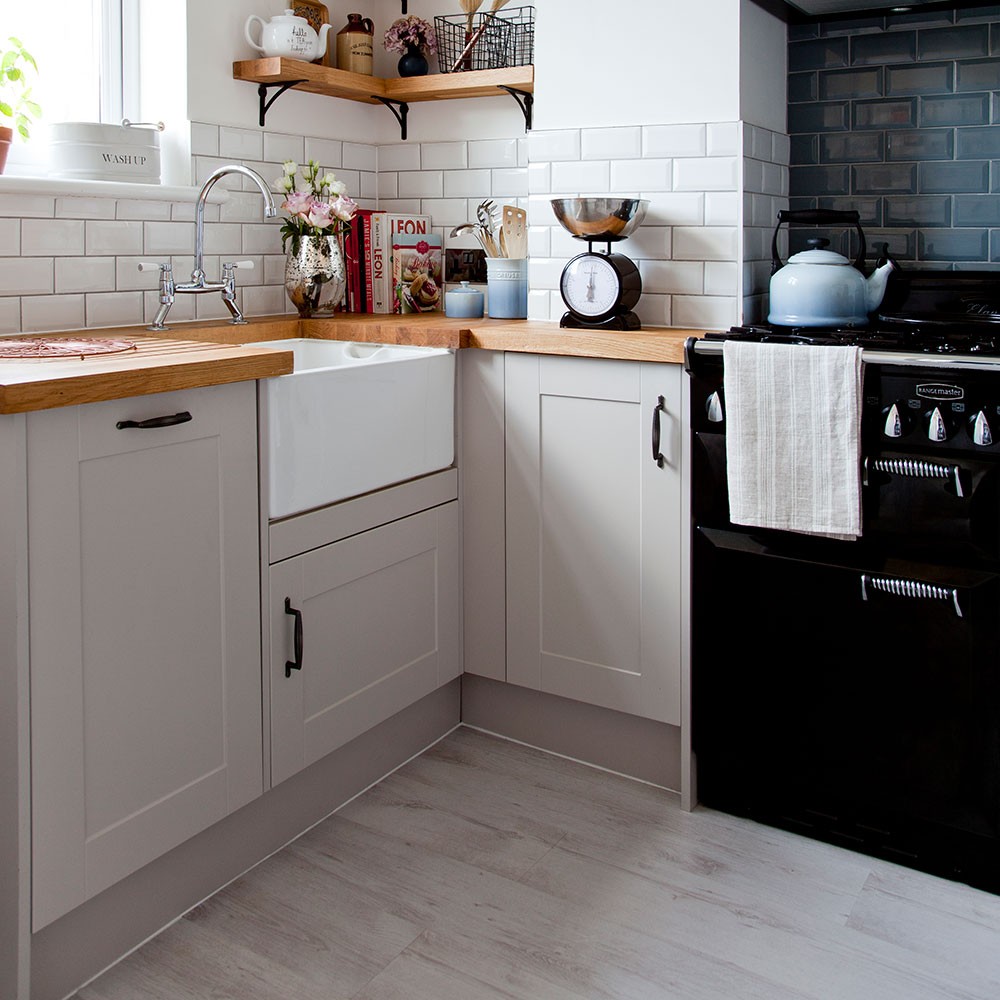
Laminate consists of four layers of material that are sandwiched together. Construction starts with a base layer that helps keep it rigid during installation. Then comes a solid fibreboard core that makes up the bulk of the depth. Onto this, a thin design sheet is applied, which is a high-resolution photograph of real wood, stone or tiles. Finally, a protective coating repels scratches and stains.
Is laminate hardwearing?
In truth, it’s not the most durable option out there, compared with porcelain tiles or engineered planks. But recent improvements in splash-safe finishes, impact resistance and scratch protection mean it will easily cope with the wear and tear of normal family life.
It is only designed to cope with surface spills and is not generally recommended for wet areas such as bathrooms or busy hallways.
What are the latest trends in laminates?
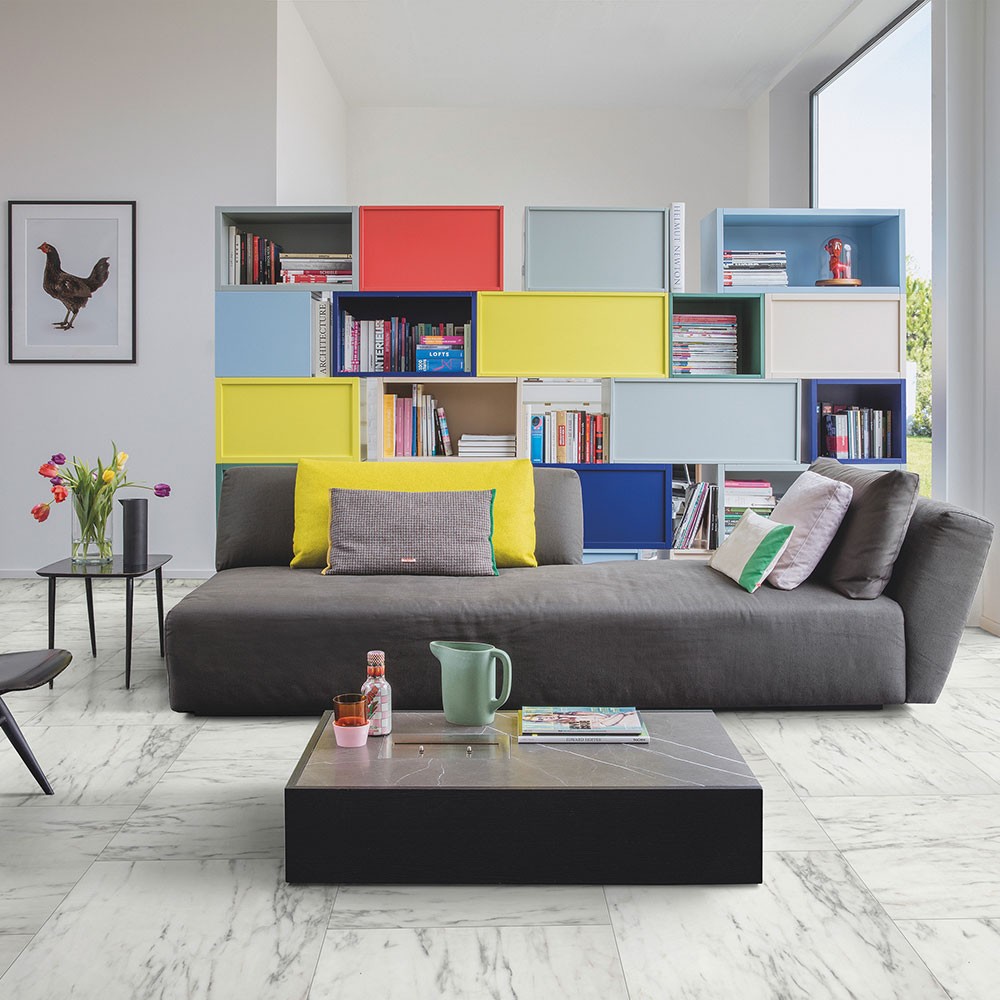
Styles have become much more varied so as well as the traditional look, there are also many more unusual designs. Some designs come in interlocking planks that need no glue and just click together.
Some laminates come in great non-wood effects, perfect for children’s bedrooms, playrooms and hallways. Colours range from whitewashed boards to dramatic dark-wood flooring with texture, and even faux-marble, like this design from Quick-step.
Sign up to our newsletter for style inspiration, real homes, project and garden advice and shopping know-how
Laminate flooring with V-grooves along the edges of the boards and textured surfaces are worth the extra cost as they look more realistic than a completely smooth surface. However, bear in mind that they will take more cleaning than a smooth surface. ‘The latest ranges also have a less defined groove between planks,’ says Philiep Caryn at Quick-Step. ‘This give a smoother and more polished finish.’
What should I look for in a laminate?
Some laminate flooring can be noisy, especially if you have pets. An underlay will help dampen sound, but also look for versions with sound insulation. Laminate is also prone to electrostatic discharges, so if you tend to get shocked by car doors and shopping trolleys, it’s worth seeking anti-static laminate. An embossed surface, with the texture of stone or timber, will also boost authenticity.
Not sure which laminate flooring to buy? Ask the shop if you can take a sample home – or order one online; you’ll be surprised how the tone and realism of the flooring can differ.
Finally, choose laminate boards that fit the scale of your room. For example, if you have a vast living space, planks that are 30cm wide and 3m long will highlight the space. If your room is small, go for narrower, shorter planks.
How much does laminate flooring cost?
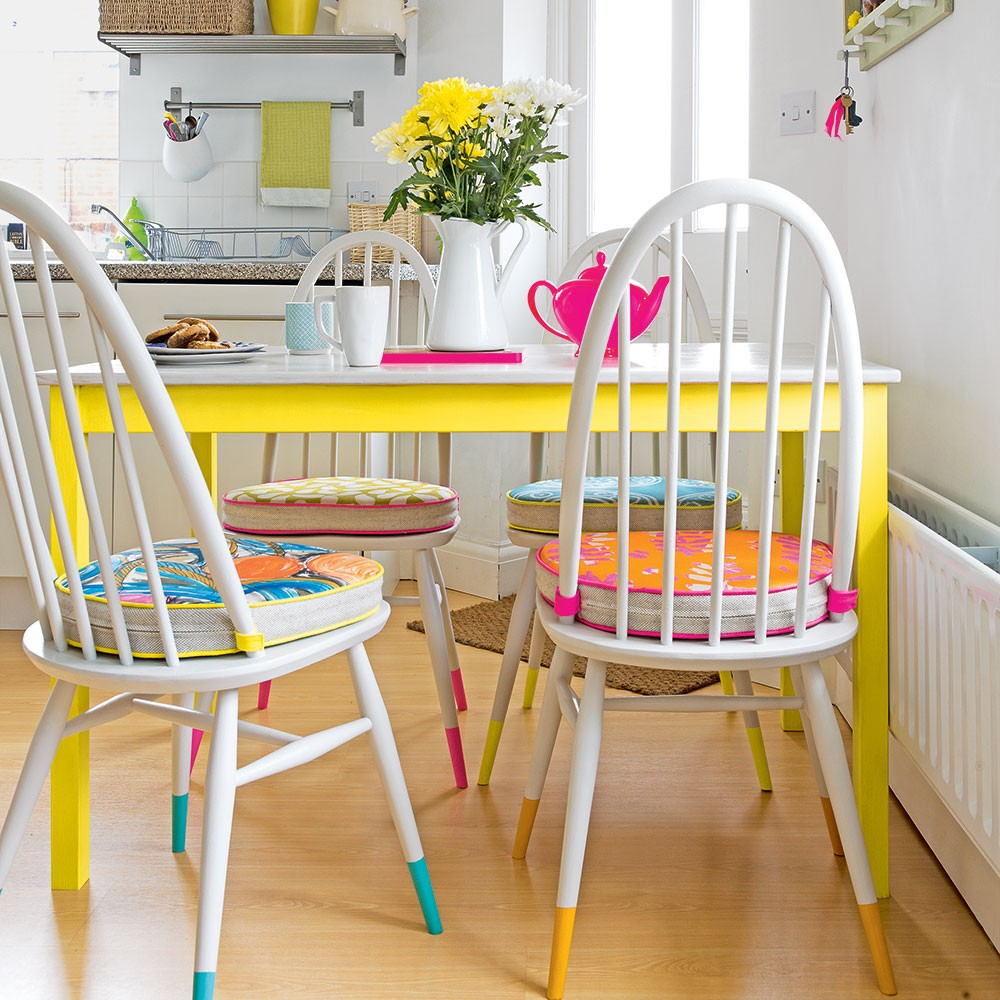
As with most things in life, you get what you pay for with laminate flooring. Thickness is a good indicator of quality. It is possible to buy 6mm-thick laminate, from £5-10sq m, while 8mm-thick versions are around £10-20sq m, and 10mm-thick laminate will cost in excess of £20sq m. Don’t forget to add the cost of underlay and installation to your budget.
Can I install laminate flooring myself?
As one of the easiest flooring types to install, laminate is perfect for the keen DIYer. Click-fit planks that slot together are particularly DIY-friendly.
If you're not confident about fitting laminate flooring yourself, make sure you hire a professional. If you prefer expert installation, ask your supplier for recommendations. Fitters with ‘Which? Trusted Trader’ endorsement will provide some extra peace of mind.
It is also worth spending the extra money to get your fitters to cut the wood under your skirting boards. This will give it a more streamlined finish than using beading to hide the gap.
How to install laminate flooring
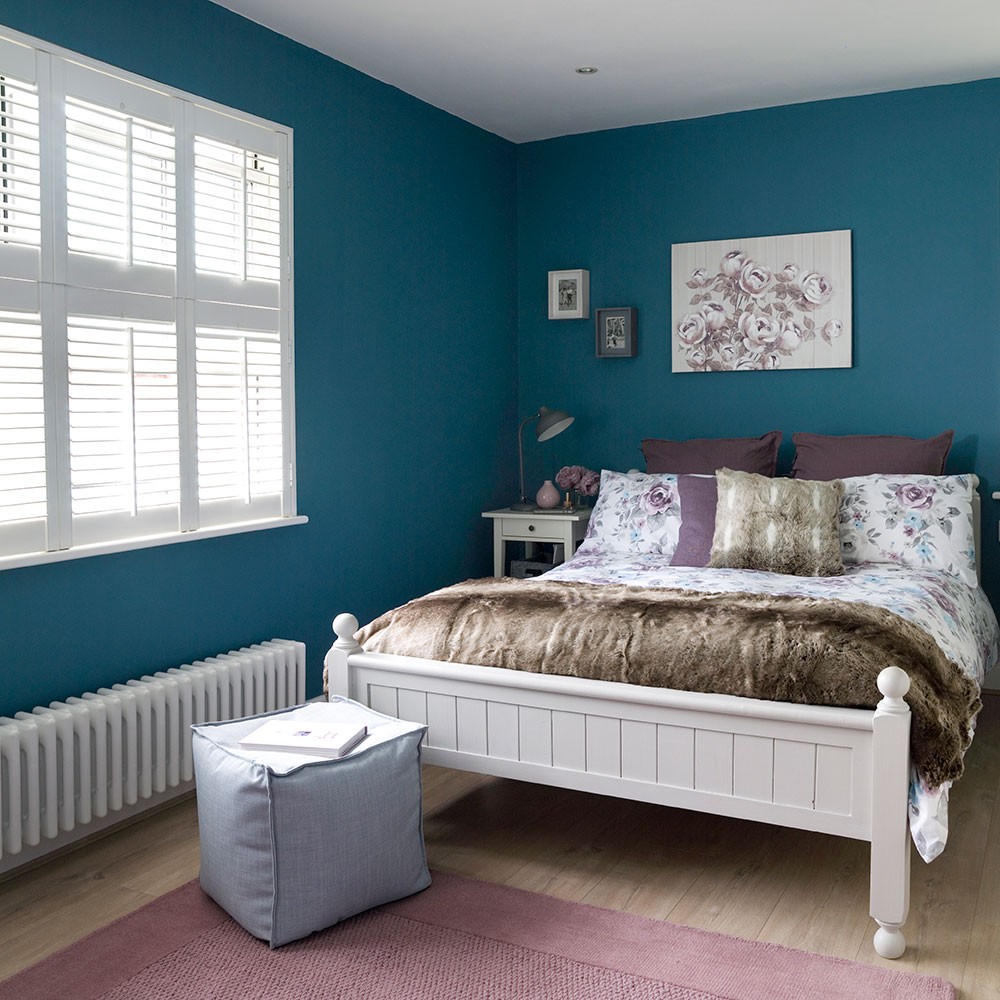
Laminate flooring can be laid on pretty much any surface providing it's dry, firm and level. For uneven floors, use a self-levelling compound to even out lumps and bumps. If the flooring is wooden, keep an eye out for loose screws and flatten them with a hammer.
TOP TIP: Take you shoes off when laying laminate flooring so you don't mark the tiles with grit and dirt.
1. Fit underlay boards
You will need to fit underlay boards before you begin. This will help even out the floor and provide sound insulation.
2. Space it out
Laminate flooring expands and contracts, so leave around 12mm between the boards and the skirting, using plastic spacers.
3. Lay it the right way
Homebase recommends laying the boards in the same direction as the longest straight wall. Place the first one with the short tongue against the wall, ensuring it is parallel. Some boards will need glue, others will click together, so be sure to read the instructions carefully. You will probably need to cut the last board in order to fit the room.
Begin the second row, starting with the off-cut from the first row. Always stagger the end joints of adjacent rows by at least 30cm. This helps to strengthen the floor.
4. Trim the skirting
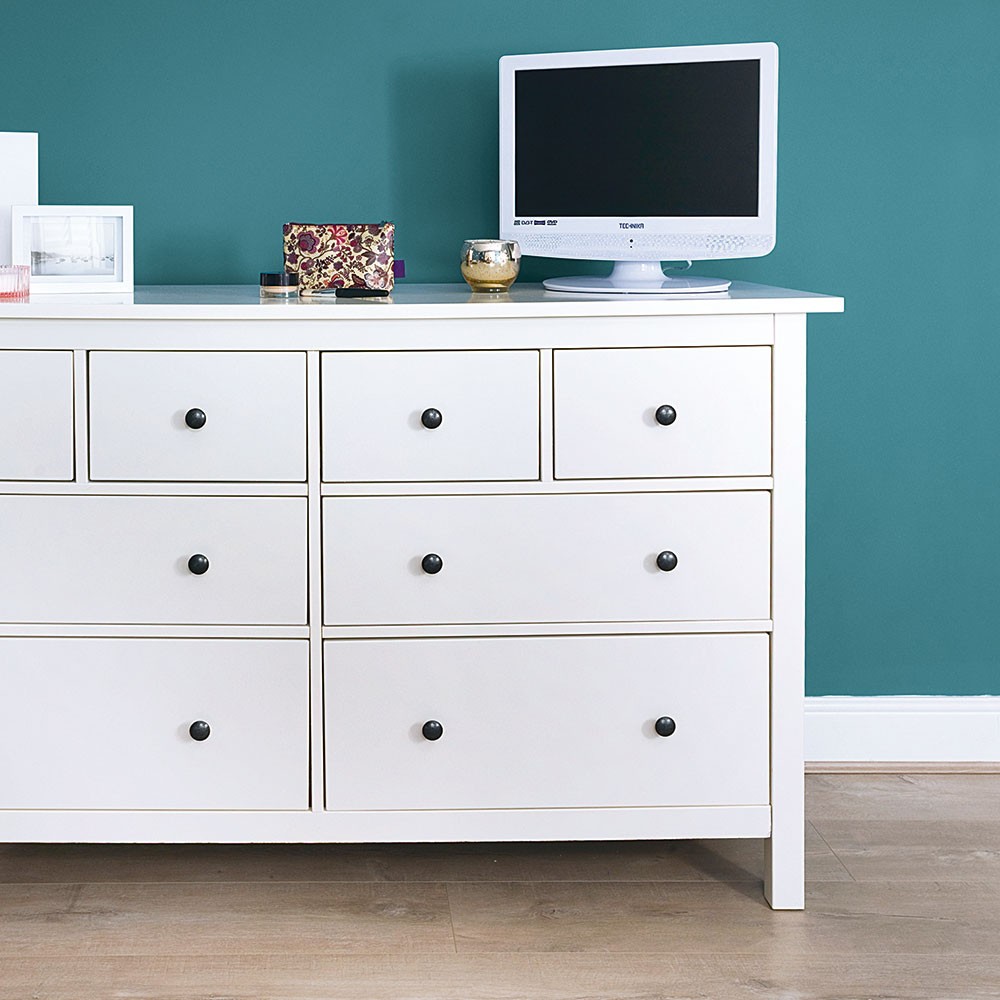
Finally, remove the spacers around the outside, and cover the gap around the edge of the room with laminate flooring trim. Remember, you will be fixing the trim to the skirting, not the floor, because the floor expands and contracts.
5. Trim any doorways
Fit a metal or wooden threshold over the edge of the flooring in all the doorways.
How to care for laminate flooring
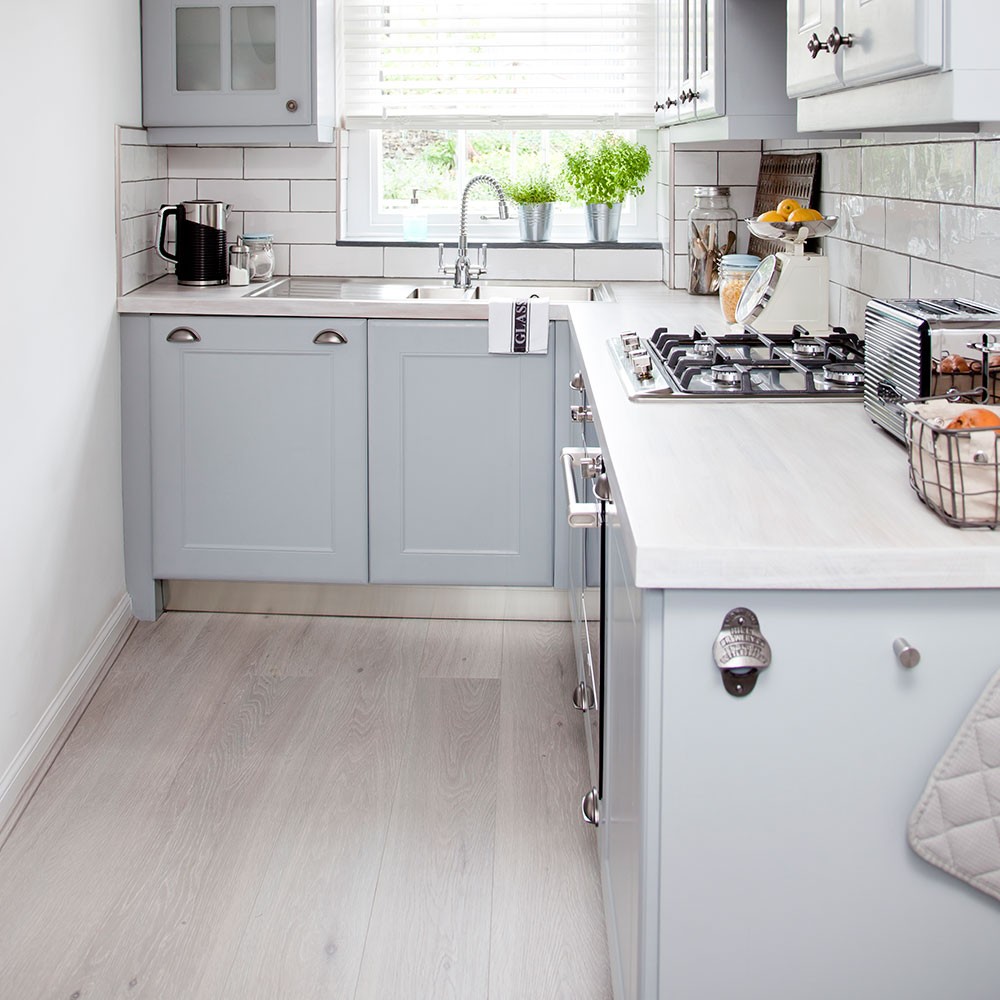
Don’t let laminates get soaked. They’re not usually water resistant so should never be soaked with water. Instead, clean them with a damp mop and a specially formulated cleaning product.
Buy now: Wood Shine Laminate & Wooden Floor Cleaner 1L, £3.69, Lakeland
Protect the floor by using felt pads on furniture feet and use furniture cups under heavy items to prevent dents. Prevent scratches caused by grit and dirt by vacuuming or sweeping with a soft brush regularly.

Amy Cutmore is an experienced interiors editor and writer, who has worked on titles including Ideal Home, Homes & Gardens, LivingEtc, Real Homes, GardeningEtc, Top Ten Reviews and Country Life. And she's a winner of the PPA's Digital Content Leader of the Year. A homes journalist for two decades, she has a strong background in technology and appliances, and has a small portfolio of rental properties, so can offer advice to renters and rentees, alike.